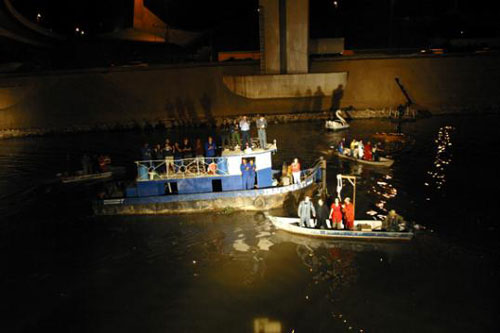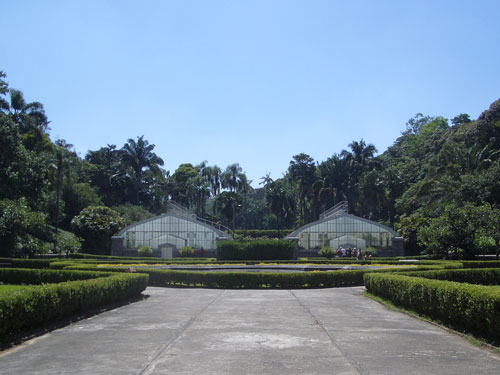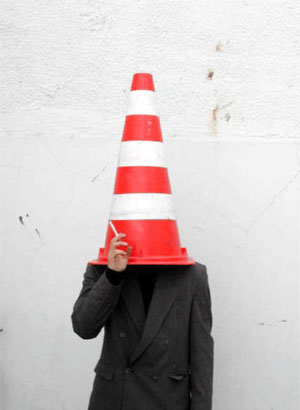
The margins of the Tietê river are probably among the darkest and most deserted spaces of São Paulo. Trapped between 16 lanes of the Marginal expressway and a the highly polluted water, and mostly shaped as a cast concrete gutter, the Tietê riverbanks are no place to stay. Exept for a few months in the year 2006.
The BR-3 play by Teatro da Vertigem, directed by Antônio Araújo, temporarily shed light on this transitorial space. Most of the audiênce saw the flyeovers from below and the Tietê water at short distance for the first time in their lives, and perhaps also for the last time. Just for a moment the river became a scenery through which the spectators moved continuously on a boat. The actors also moved from one embankment to another, to floating scenery rafts and around the audience in small boats and canoes.
After São Paulo, the play was performed for some time at Guanabara bay, Rio de Janeiro.



Read More:
Teatro da Vertigem
www.teatrodavertigem.com.br
Teatro da Vertigem and other temporary interventions in São Paulo, at the Venice Bienale.
Article at Vitruvius (english and portuguese)
www.vitruvius.com.br/arquitextos/arq077/arq077_02.asp












